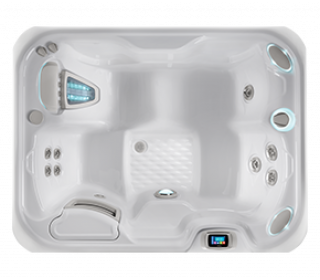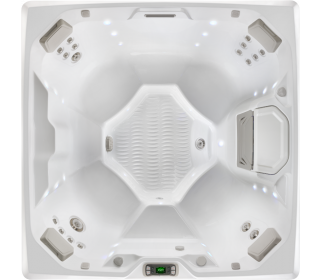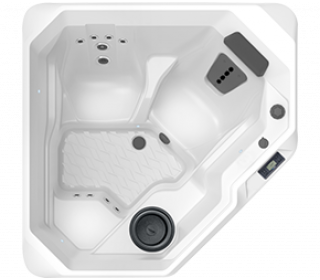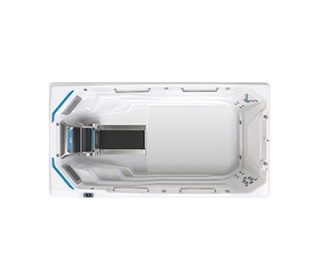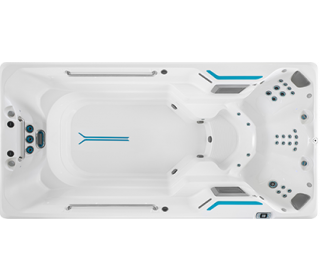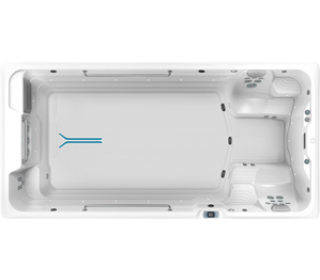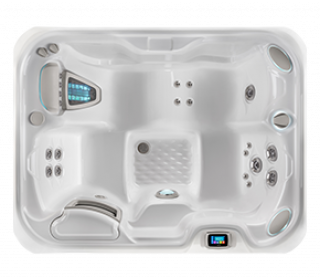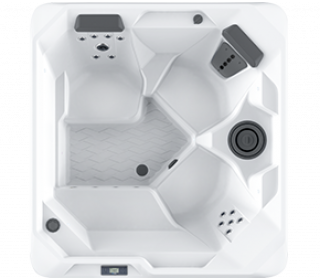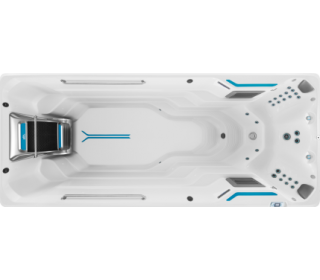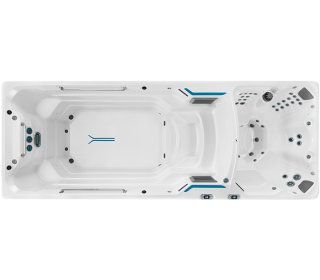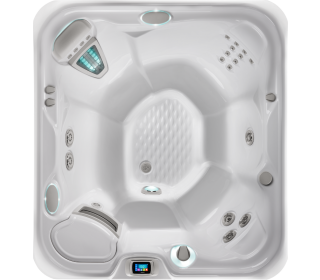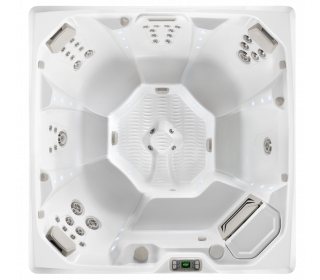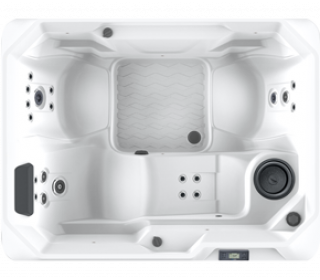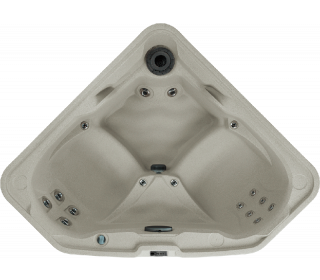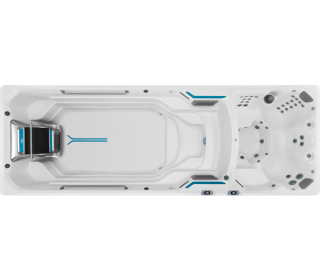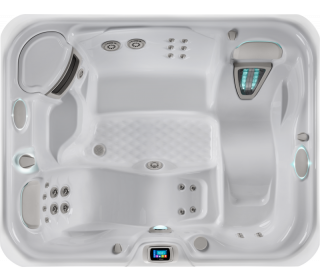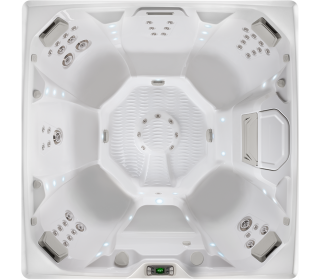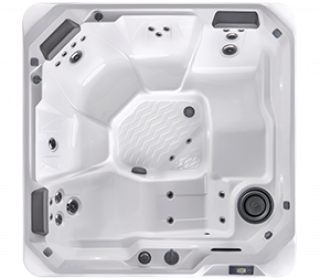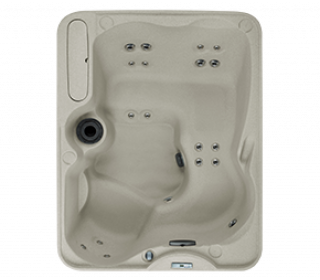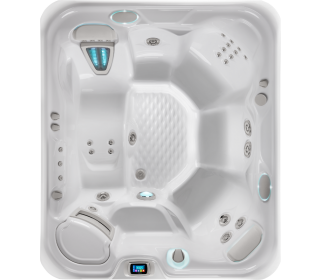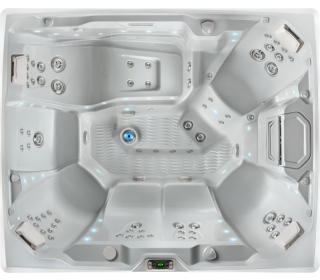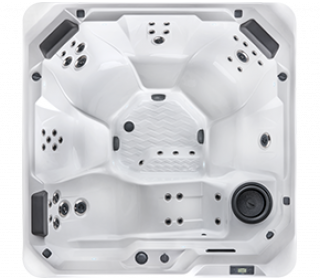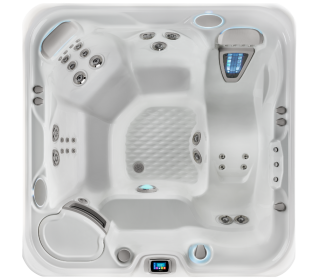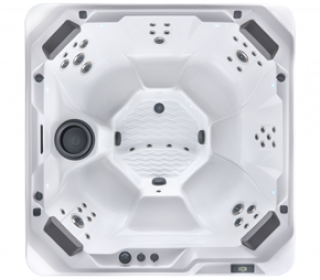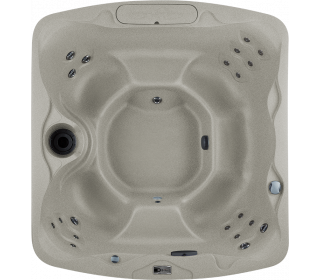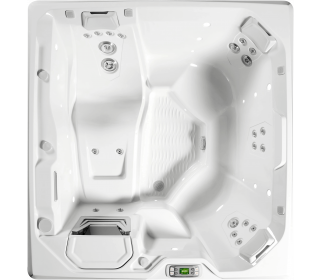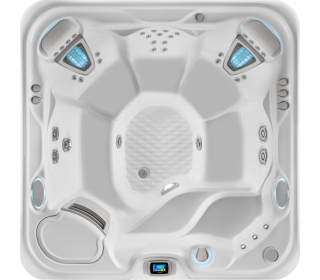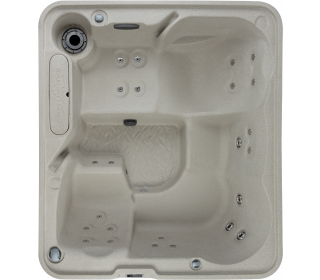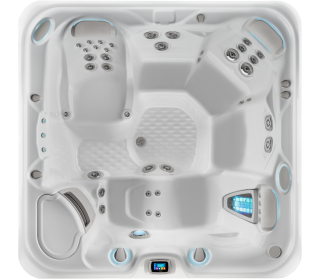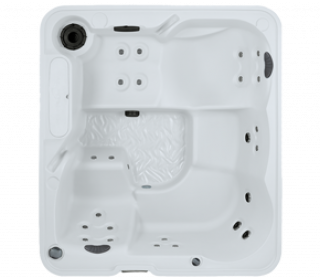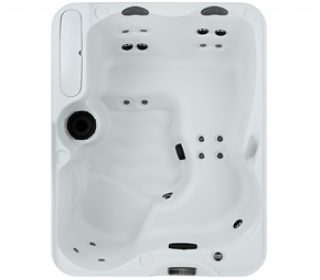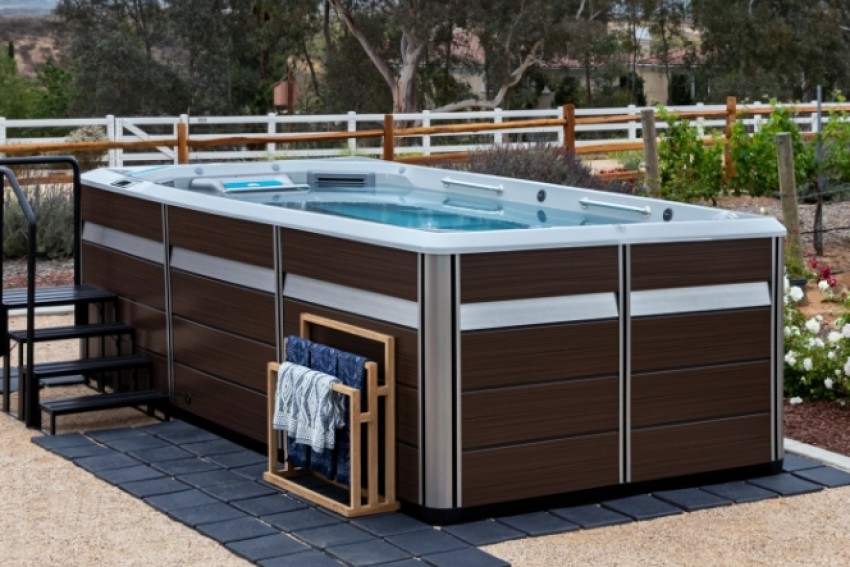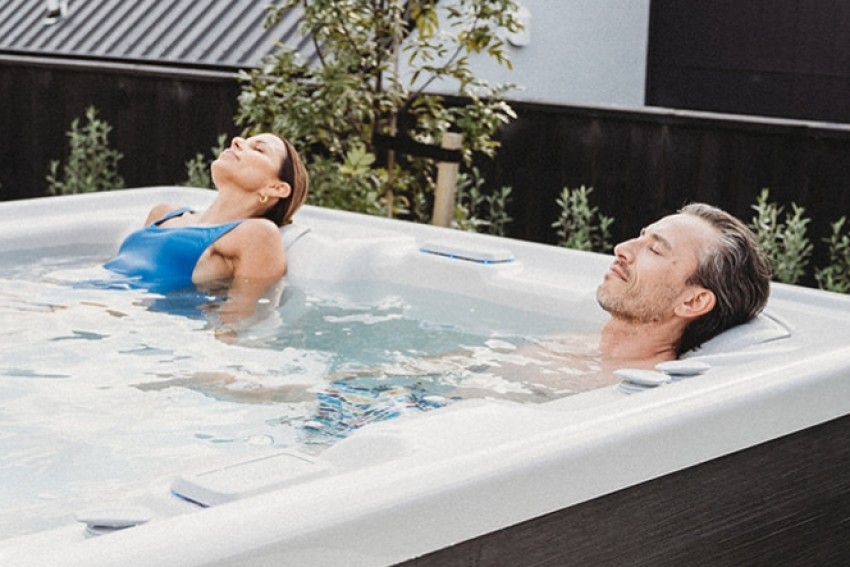A hot tub forms a luxurious addition to any backyard, and brings a wealth of benefits that extend to relationships, lifestyle, property value and health and wellness. But amongst all the excitement of having the warm and bubbling waters of a Hot Spring steps from your back door, it can be easy to forget that rules and regulations apply to the installation of a hot tub.
Between building consent, location and safety fencing, a prospective owner must consider a number of rules and regulations when choosing and installing their hot tub. But the exact rules change from state to state and situation to situation.
In Australia the rules and regulations that apply to hot tubs are set by state governments and local councils. While the aim of this article is to guide you on the things you should consider when shopping for a spa pool, it’s critical that you check the regulations that are specific to your local area with the relevant authorities.
Do hot tubs need to be fenced in Australia?
A swimming pool is defined by the Australian Standard as:
Any excavation or structure (including a spa or a relocatable structure) that is capable of containing water to a depth of greater than 300mm, and principally used (or is designed, manufactured or adapted to be principally used) for swimming, wading, paddling, bathing or similar activities.
Because this definition explicitly covers spas and hot tubs, many jurisdictions treat these machines as swimming pools and apply the same regulations to them, including pool safety barriers.
Because a portable hot tub can be placed in more locations, such as in sun rooms, on decks and on balconies, the rules for fencing can sometimes be difficult or confusing to apply. Speak to your local council to understand whether or not you’ll need to fence your hot tub given your situation.
Will I need planning permission for a hot tub?
Planning permission is written approval to undertake construction on a given site. While the terms are often used interchangeably, planning permission is slightly different to building consent. While a planning permit concerns the land on which a build is taking place, a building permit concerns the items that are being installed – in this case a hot tub and potentially a safety barrier.
Whether you need planning permission to legally install your machine will depend on the hot tub rules and regulations in your area, which you will need to check with your local council.
Do I need building consent for a hot tub?
As mentioned above, building consent is slightly different from, but closely related to, planning permission, and concerns the items being built or installed, rather than the land on which the build or installation is taking place.
Once again, jurisdictions who define a spa or hot tub as a swimming pool will often require you to secure planning and building permission, as installation is likely to include the construction of a safety barrier. This is particularly the case for in-ground hot tubs, but can also apply to portable spas like those in the Hot Spring range.
Planning and building permits are granted by local councils who bring their own set of rules and requirements regarding everything from placement to aesthetics. It’s critical that a new hot tub owner check what their responsibilities are with their local authorities.
How close can a hot tub be to a boundary fence?
There is no nationwide rule that defines how close a hot tub can be installed to a boundary fence, so you’ll need to check the rules for your local government area. Some councils allow spas to rest against a boundary fence, some allow the boundary fence to form part of the safety barrier, and others require a hot tub to be placed a metre or more from the fence.
If you are considering placing the hot tub up against your house or another building in order for it to form part of the safety barrier, for safety reasons any windows and doors that lead to the hot tub should be lockable and comply with the Australian Building Code. Many local authorities will have rules about this.
Can I put a hot tub on a deck?
Yes, in terms of rules and regulations, there should be nothing stopping you from installing a hot tub on your deck. But given hot tubs can weigh multiple tonnes when filled with water and people, the limiting factor is instead the build quality of your deck.
While most professionally built decks will be strong enough to support the weight, it’s wise to get a professional to check the maximum load capacity and that the surface is level and even.
Can I build a deck around my hot tub?
If your spa can’t be placed on your deck, there is another option: placing the hot tub within the deck. You can either cut a section out of your existing deck and lower a hot tub in (provided the deck is the right height and there’s a strong enough foundation beneath), or you can put the hot tub in position first, then build a custom deck around it!
It’s important to note that you may still need to build a safety barrier around the spa (and get the relevant planning permissions and building permits).
Do I need to register my hot tub with my local council?
Because many councils treat hot tubs the same as swimming pools, they will often require a new machine to be registered.
At Hot Spring we recommend that every prospective hot tub owner check with their local council to see whether they need to register their new purchase, and whether any rules and regulations beyond those mentioned in this article might apply.
Do I need to hire a crane to lift and install a hot tub?
There are no hot tub rules and regulations that specify whether you need a crane to install your new machine. The decision will instead come down to whether you need the help of lifting equipment given factors like the size and weight of the hot tub and the accessibility of your block.
Some Hot Spring hot tubs are easier to lift and shift than others – at 115kg, a group of physically able friends will be able to lift and shift our two-person Mini. Our seven-seat, 540kg Prism, or our range of Fastlane Pools swim spas that weigh more than a tonne, will be far too heavy for even the strongest group of family or friends to manually move.
Accessibility is another key factor. Will your chosen spa be able to be moved from the drop-off point to your chosen spot? If doorways and paths are too narrow, if the slope is too steep, or if stairs and other obstacles stand in your way, a wiser move might be to drop your hot tub in with a crane, which your local Hot Spring dealer will be happy to arrange!
Does my new hot tub need a CPR sign?
Whether or not your hot tub requires a CPR sign will depend on where you call home, as hot tub rules and regulations change from state to state in Australia. Of Australia’s eight states and territories, four require CPR signage (NSW, SA, QLD, ACT) and four do not (VIC, TAS, NT, WA).
Where CPR signage is required, it must be made of durable, weatherproof material, kept in a ‘good’ (i.e. readable) condition, and be a minimum size of 300mm by 300mm.
Where CPR signage is not required, we still recommend that you have it, as it could make all the difference in an emergency situation.
Do I need to cover my hot tub when not in use?
A lockable cover can form an important safety barrier for your hot tub, particularly if there are young kids around. If your local government doesn’t require a safety barrier to be built around your hot tub, they may require it to be fitted with a lockable cover that complies with all relevant regulations. Check out the Hot Spring range of compliant, lockable covers here.
Spa covers aren’t just great for safety. They also keep your hot tub cleaner, save lots of electricity and can even offer extra privacy!
What are the rules for installing a hot tub near an easement?
In Australia there are strict rules and regulations regarding building near easements – a specific part of a property that certain individuals, like employees of utility companies, must be granted access to.
If you want to place your spa near or on an easement you’ll need to check with your local council first, and you may struggle to gain approval. Alternatively you can get advice from a building certifier.
Do I need a registered builder or tradesperson to install my hot tub?
Whether or not you need a certified tradesperson to complete your hot tub installation will depend on the hot tub you choose.
- Builder: Hot Spring portable hot tubs are designed for easy installation. Unlike an in-ground hot tub, you do not need a licensed builder to install your Hot Spring – you simply place it on an appropriate surface. That said, at Hot Spring we offer professional delivery and installation to take the work off your shoulders. Speak to your local dealer to find out more.
- Electrician: Larger and more luxurious Hot Spring models require access to more power than is provided by a standard outlet, and therefore need to be installed by a qualified electrician. Hot Spring’s Plug’n’Play models meanwhile can simply be plugged into a convenient power outlet that is no more than 9 metres away from the spa. Therefore you do not require a licensed tradesperson for installation.
- Plumber: Hot Spring hot tubs can be filled with a garden hose, so you will only need to consult a qualified plumber if the placement of your hot tub leads to concerns about drainage.
Can I install a hot tub indoors?
Yes, many Hot Spring customers have installed their hot tubs indoors, such as in a sunroom. If you are considering this option there are three main considerations that you should take into account:
- Accessibility: Your chosen hot tub will need to fit through the doorways and hallways that lead to your preferred spot.
- Ventilation: Your chosen space must be capable of ventilating away the vapours and odours from water care chemicals.
- Drainage: If the hot tub was to develop a leak you need to ensure the water will drain away before it causes damage to the rest of your house.
It’s important to reiterate that in Australia, state and local governments are ultimately responsible for the regulations that apply to hot tub installation, so it’s important to understand the rules in your area.
Once you know the exact rules that apply to you, it’s time to get shopping! Contact your local dealer today to book in a test soak, and discover the joys of a Hot Spring hot tub for yourself!
Note: In Australia hot tub rules and regulations are instituted and enforced by state and local authorities, which means that they can change from suburb to suburb, town to town. At Hot Spring we recommend that new hot tub owners speak with local authorities or a professional consultant to understand the specific hot tub regulations in their area.




